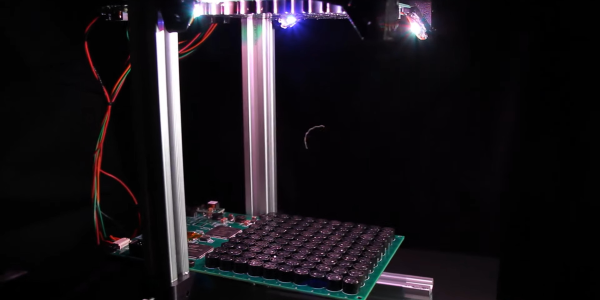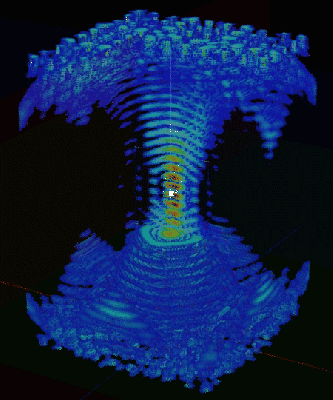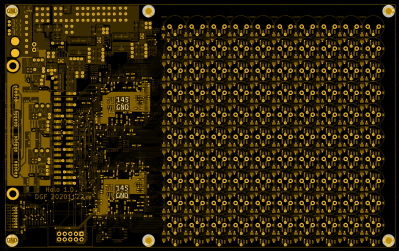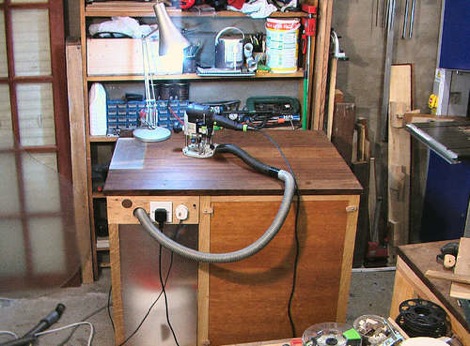The classic arcade game Cyclone has attracted many players, along with their coins, thanks to its simple yet addictive gameplay. In its most basic form it consists of a light racing around a circular track, which the player then has to stop at exactly the right place. Arduino enthusiast [mircemk] made a home version of this game, which allows addicts to keep playing forever without running out of quarters.
Instead of an arcade cabinet, this smaller version has an upright 3D-printed ring that holds 60 WS2812 LEDs. A further six in the center of the ring act as a score counter. An Arduino in the base drives the LEDs and runs the game, which is based on an earlier iteration built by [oKeeg]. An interesting addition is a large homemade “arcade button”, which is large and sturdy enough to withstand any abuse inflicted on it by a frustrated player.
Retro-style sound effects and flashing light sequences give the game a bit of an arcade vibe, even without a big cabinet and piles of coins. Simple LED games like this are always great eye-catchers in any home or office; if you like this one, be sure to check out other LED games like the handheld LEDBOY, the one-dimensional dungeon crawler TWANG, and this LED racing game. Continue reading “Going Around In Circles With Homemade Arcade Classic Cyclone“

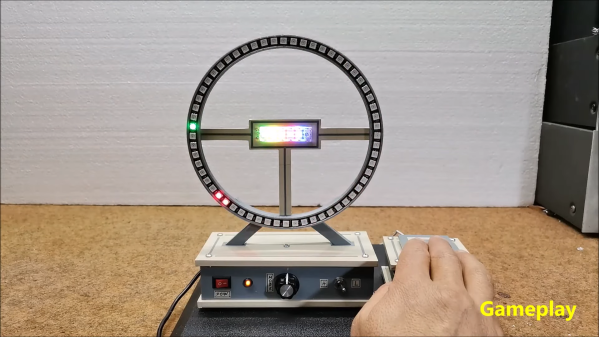

 Using a shop vac is fine at smaller scales, but they can quickly be filled up on bigger jobs. To stop it getting filled up as quickly and wasting vacuum bags, [rctestflight] wanted to build a 3D-printed cyclonic separator to catch and dump the heavier-than-air particles from the routing process into an attached bucket.
Using a shop vac is fine at smaller scales, but they can quickly be filled up on bigger jobs. To stop it getting filled up as quickly and wasting vacuum bags, [rctestflight] wanted to build a 3D-printed cyclonic separator to catch and dump the heavier-than-air particles from the routing process into an attached bucket.